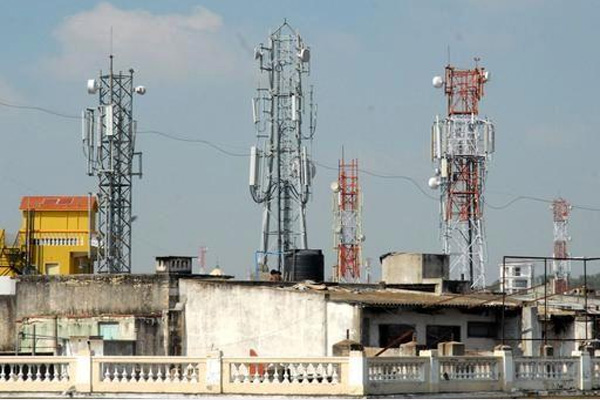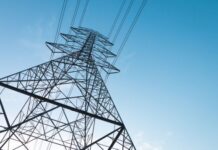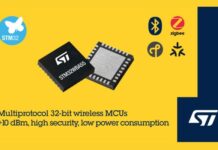Electromagnetic Field (EMF) emissions from Mobile towers are non-ionizing Radio frequencies having very minuscule power and are incapable of causing any adverse environmental impact. The International EMF Project of the World Health Organisation (WHO) published an information sheet in 2005 on the effect of EMF emissions on animals, insects, vegetation and aquatic life and has concluded that the exposure limits in the Non-Ionizing Radiation Protection (ICNIRP) guidelines for the protection of human health are also protective of the environment.
The present norms for Electromagnetic Field (EMF) emissions from mobile towers in India are already ten times more stringent (even lower) than the safe limits prescribed by ICNIRP and recommended by WHO. These limits prescribed in India are:
| Frequency Range | E-Field Strength (Volt/Meter) | H-Field Strength (Amp/Meter) | Power Density (Watt/Sq.Meter) |
| 400MHz to 2000MHz | 0.434f ½ | 0.0011f ½ | f/2000 |
| 2GHz to 300GHz | 19.29 | 0.05 | 1 |
(f is frequency in MHz)
The government has put in place a well-structured process and mechanism for monitoring any violation so that Telecom Service Providers adhere to the prescribed norms including submission of self-certificate before the commercial start of the Base Transceiver Station (BTS) site. The field units of the Department of Telecommunications regularly carry out the EMF audit upto 10% of BTS Sites annually on a random basis. DoT also imposes a financial penalty on Telecom Service Providers (TSPs) whose BTSs are found to exceed the prescribed EMF emission limits.
In addition to the above, if emission levels of such non-compliant BTSs are not brought within prescribed limits within 30 days, the same is liable to be shut down as per the prescribed procedure.
TSPs have to adhere to these conditions prescribed by Government. As such, fund allotment from Government is not necessary.















